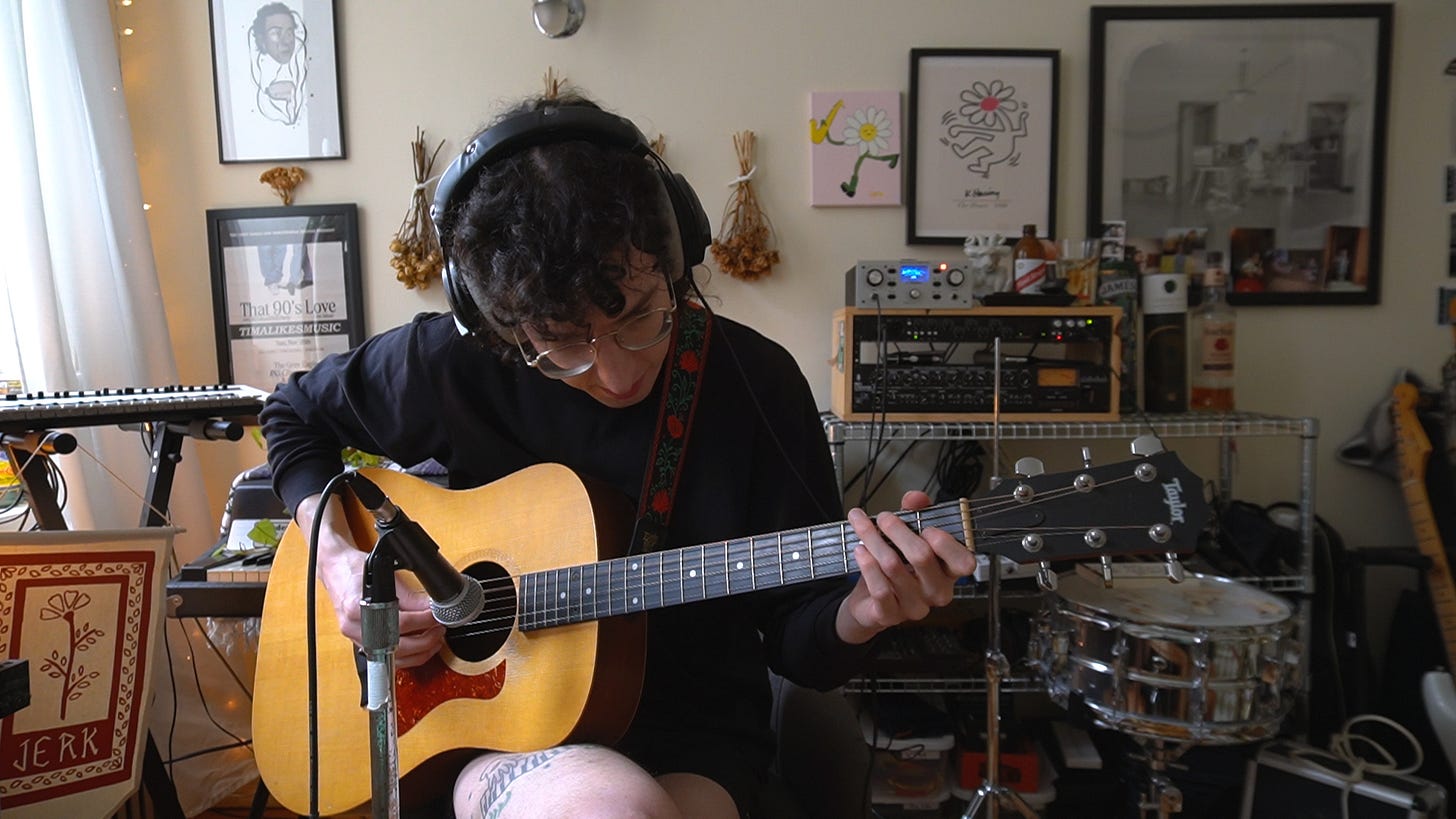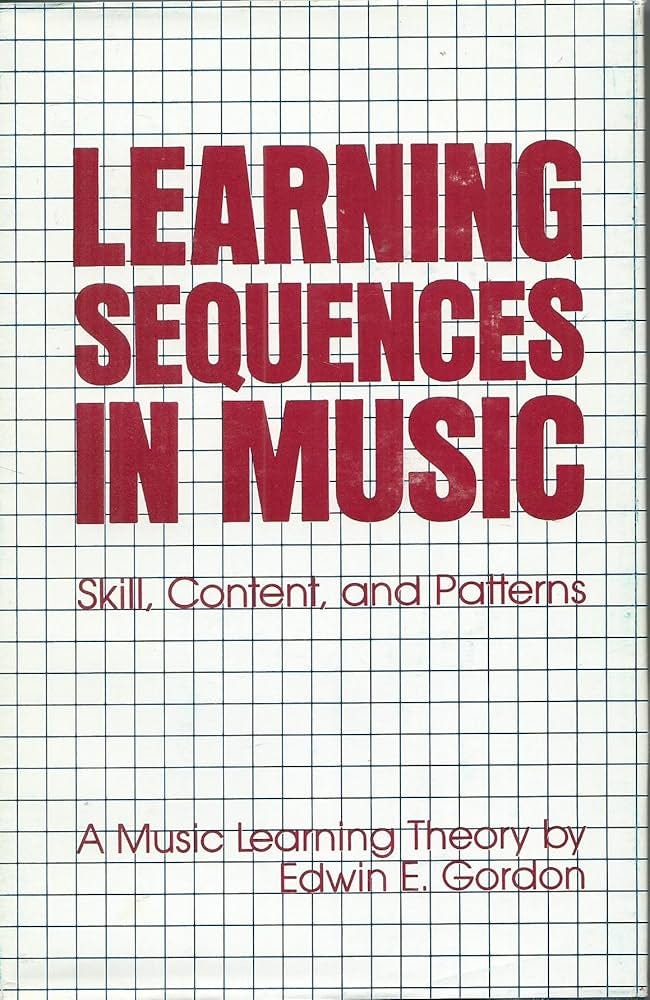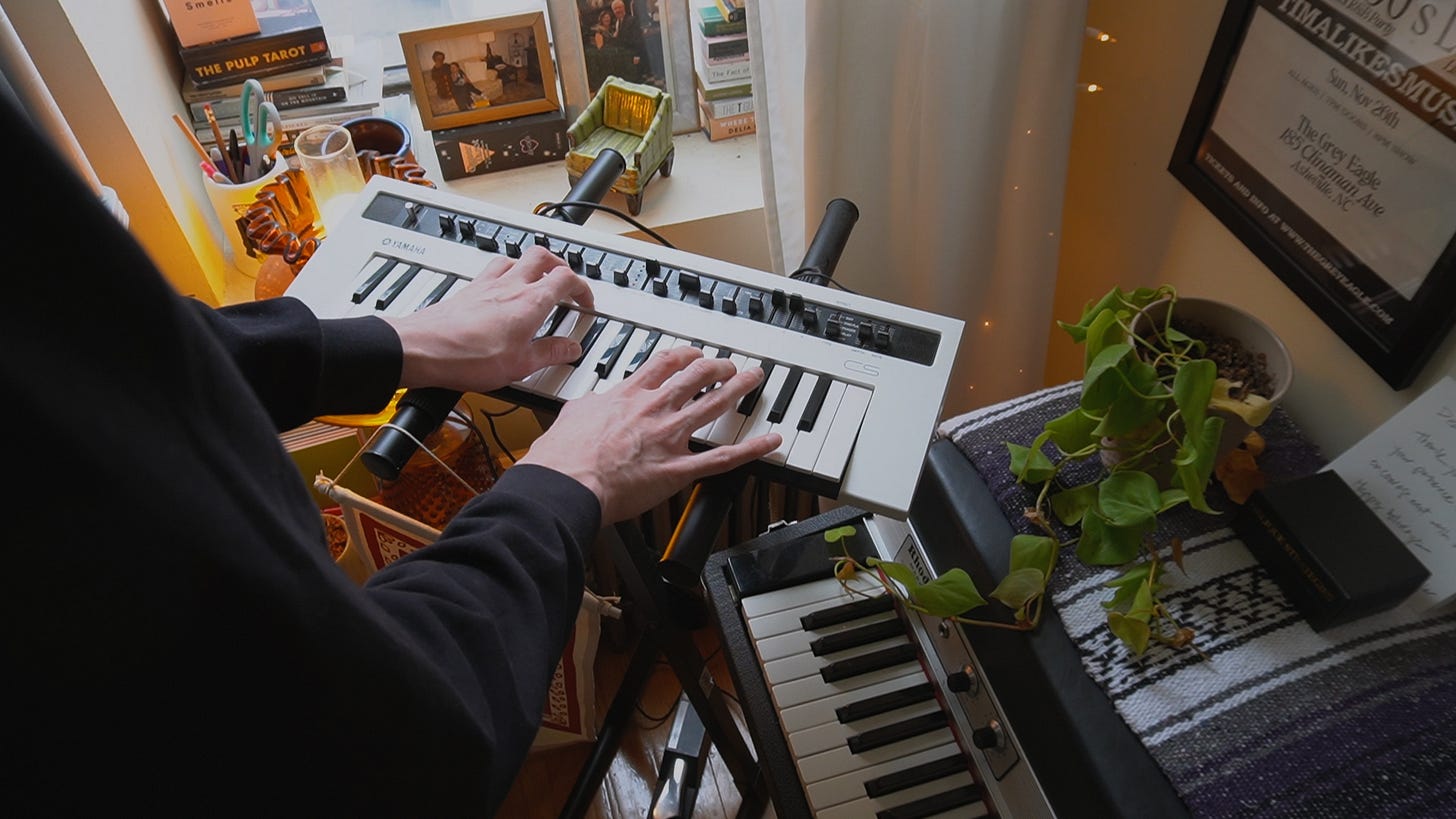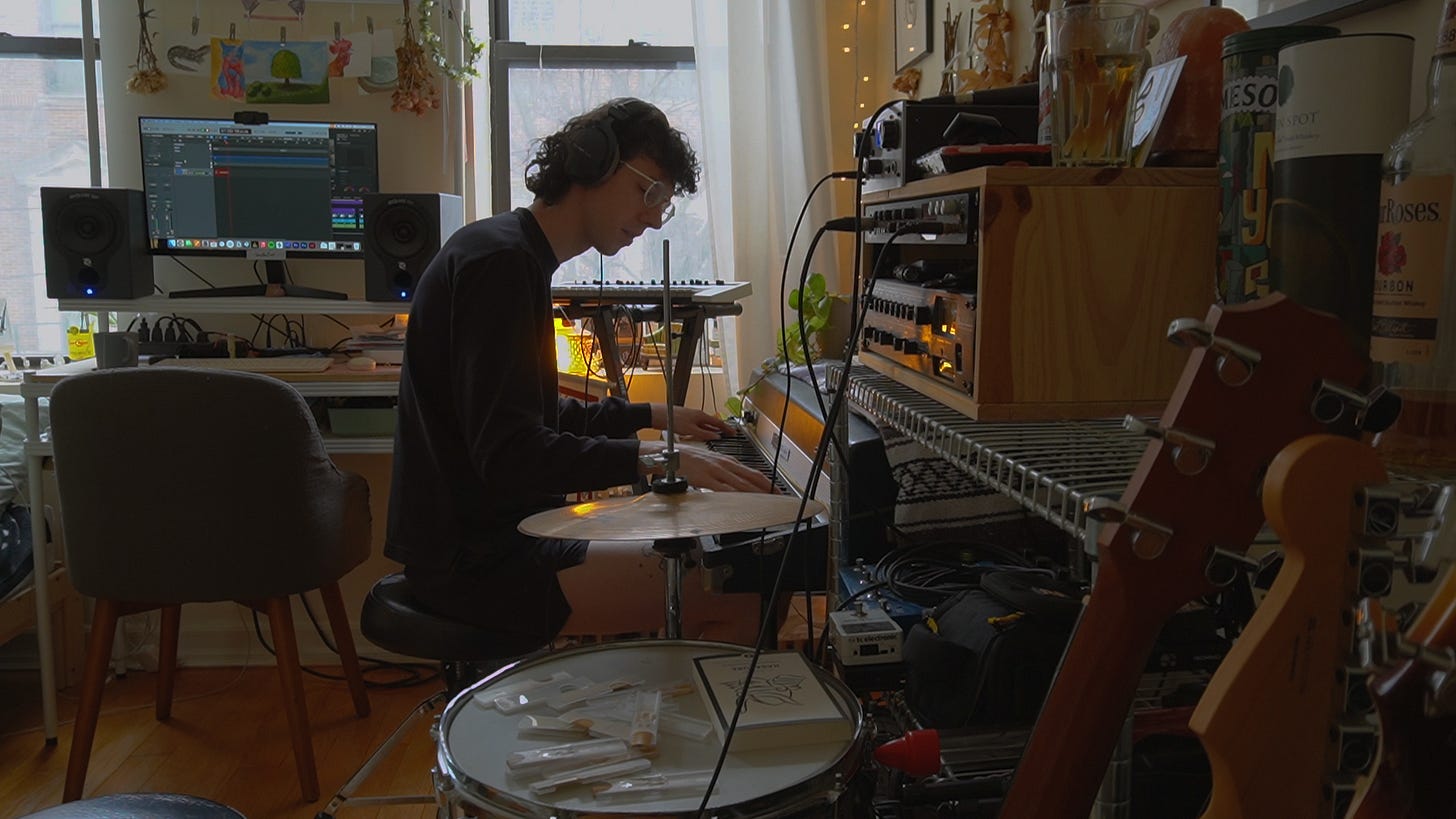This piece is also available as a video essay:
Unwinding
I’ve spent a long period of my life listening to, practicing, writing, and performing music. I’ve put myself through two degrees, worked with around a dozen teachers, and tried every method I could get my hands on to “learn music.”
Playing jazz music I’ve felt an immense pressure to have a huge repertoire of tunes in multiple keys, have expansive and hip improvisational language, and have technical mastery over my instrument. I spent 3-4 hours per day in a practice room for years, and hardly accomplished any of those feats I sought after — something that led to panic attacks, depressive episodes, and a stint of burnout in my early 20s.
Over the past few years I’ve experienced an unwinding: a gentler approach to music and myself, and in this more calm practice I’ve found a great deal of progress — more than when I was attending a music conservatory.
What I’ve discovered is that learning isn’t a process of intaking a bunch of information, especially with music. More so, the best musicians learn to be musical through a process called audiation.
Audiation, your brain’s musical memory
In the 1970s, a researcher named Edwin Gordon conducted research on musical aptitude, memory, and ultimately how a person learns music. Throughout the decade Gordon published a handful of influential papers leading to his seminal 1980 book Learning Sequences in Music: Skill, Content, and Patterns. This work was the first to formalize the idea of “audiation,” a process in which “one hears and comprehends music…when the sound of the music is not physically present.”
When I was taking Jazz Theory classes as an undergrad student, the professor would often refer to “the mind’s ear” which was essentially referring to the same concept.
This theory is largely applied to early childhood music teaching, but the practice of audiation is something that most people do naturally. If I merely mention the name “Mary Had A Little Lamb,” the melody likely starts to sound in your head — this is audiation, and it’s the reason that most people can sit down at a piano and plunk out the tune.
Our brains have taken abstract vibrations processed by proprioceptors in the ear and body, organized them into patterns and sequences, and formed them into long term music memories that we can in turn reproduce.
In essence, audiation is not about learning music but rather training our ear, brain, and body to be musical.
Practical Applications & Gentle Affirmations
At this point, you’re probably tired of my personal stories and academic jargon and hoping to uncover how to deepen your mind’s ear and progress towards your goals. Here are some concise ideas on practice mixed with some helpful affirmations to guide you through the process:
Sing everything you play
Every musician is a singer — an adage that makes a ton of musicians clam up. Truthfully, no one is expecting you to sing like a professional, but you are robbing yourself of the best way to train your ear to recognize patterns, melodies, chord tones, and more if you avoid singing.
As instrumentalists, we have dissociation built in. When I was first transcribing jazz solos, I remember looping a particular Sonny Stitt line. After a while, I began thinking “…what classes I still had to finish work for, what I wanted for dinner…” losing the value of that practice time. When I began to sing my transcriptions, I began to hear the precise notes and rhythms so much clearer. When you sing, you engage in one of the most active music processes.
Remind yourself that music is as old as humanity itself, and that we only began writing it down in 1400 BC — the aural tradition is in our DNA!
Put rhythms in your body
If the adage about singers made you clam up this may make you run for the hills — Every musician is a drummer, and every drummer is a dancer! Part of our proprioception (those electrical signals sent from our ear and body to our brain), involves feeling music and coordinating rhythms.
Remind yourself that while our ancestors sang, they danced and drummed — this too is deeply in our DNA!
Practice small, steady, and sustained
Small: When you are working on a piece of music break it into small logical chunks: melodic fragments, single chords or groups of two chords, cadences, etc. Remind yourself that it is more valuable to master a single phrase than survive an entire piece.
Steady: Work on this as slow as possible to get every note accurate with consistent tone and time. Remind yourself that practicing slow does not mean you are incapable of playing fast, but rather that you are patient with yourself and willing to let yourself learn new material.
Sustained: Once you have a small fragment to practice and a steady pace to play it, repeat for a sustained period of time. I’m a big fan of the pomodoro technique — 25 minute intervals of focused practice mixed with 5 minute breaks. You’ll find more often than not that by the time you arrive at the 5 minute break, that fragment will be smooth and heading closer to that effortless execution we strive for. As a child, you learned to speak through repetition. Remember that music is another language you can become fluent in by the same means.
An Old Memory
In finishing this piece, I want to share a clip of the late pianist Vladimir Horowitz. This clip is taken from a documentary made about a 1980s recital recorded on Horowitz’s home piano. In this fragment, Horowitz was asked about Sergei Rachmaninoff, to which he responds with some charming personal anecdotes and a fragment of Rachmaninoff’s second piano concerto.
As you watch, imagine knowing something so deeply that you can sit down with your instrument and allow it to pour out of you like an old memory…that’s what I’m getting at here.








I usually hate to sing when I have to for practice or performance purposes, but I cannot deny that it helps to create better phrases and melodic lines than just playing the notes.
Great insights. My first bass teacher made me sing every line I was trying to figure out. It’s been a lesson I’ve taken with me ever since, 30+ years later.